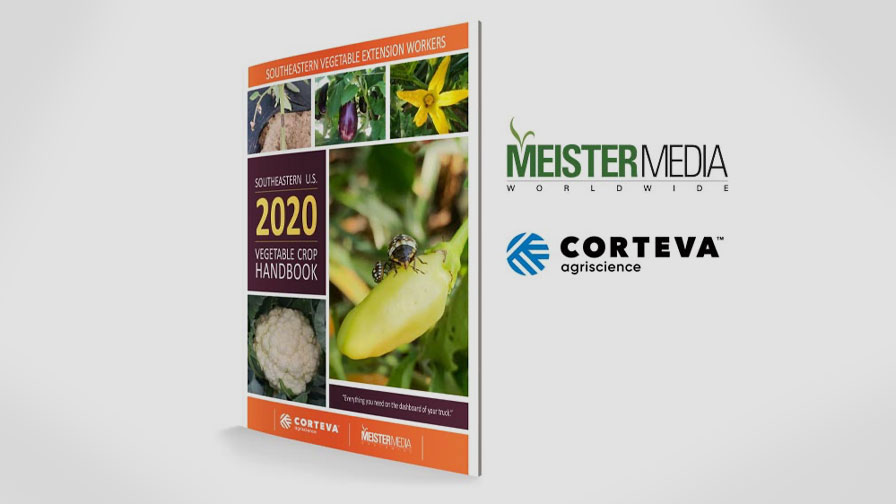Going After Greening
Citrus greening (Huanglongbing) is the most severe threat the Florida citrus has ever faced and one with the potential to eliminate the entire industry.
However, education, regular tree inspections by experienced and trained scouts, and prompt removal of affected trees along with a good psyllid control program offer the best hope of containing the spread of disease.
Know Your Foe
The University of Florida/Institute of Food and Agricultural Sciences’ (UF/IFAS) Citrus Research and Education Center in Lake Alfred will soon publish a great instrument to aid in the battle against greening. This comprehensive book will include ways the industry can manage greening and citrus canker and deal with the threat of other exotic diseases.
The estimated date of publication is summer 2007. For more information, contact your local Extension office.
Regular Inspection
Remember, all blocks should be inspected on foot, tree by tree. Groves should be inspected regularly for greening. In areas where greening hasn’t been identified, inspections should begin with surveys of the areas by driving blocks in search of weak areas that should then be inspected on foot. Greening often appears first along roadways and grove edges, so those areas should be inspected first. Even if greening is not found, all blocks should be inspected on foot, tree by tree. Symptoms are most obvious on mature leaves in the fall and winter, so inspections should be concentrated from September to March.
When flush is present, it is very hard to find symptoms of greening, as the leaves are varying shades of green. Multiple inspections should be done by crews who specifically look for greening. However, all grove workers should be trained in identifying this disease.
Controlling The Disease
Young, non-bearing trees should receive two soil applications per year of imidacloprid. Adult trees should receive one Temik (aldicarb, Bayer CropScience) application during the dormant season (late winter/early spring) and a foliar application of Danitol (fenpropathrin, Valent) to reduce overwintering populations of adult psyllids.
In the summer, Provado (imidacloprid, Bayer CropScience) applications to new flush should be used since they are more selective and less damaging to beneficials than are Danitol or Lorsban (chlorpyrifos, Dow AgroSciences).
Once a tree has been identified with possible greening, send that sample along with the required forms to the U.S. Sugar Corporation which, in conjunction with UF/IFAS, has established a lab that works specifically on detection of greening. The service — which uses a molecular technique called a polymerase chain reaction test — is free to all growers and results are usually available in about two weeks.
Once it has been confirmed that greening is present in an area, most of the identifications can be based solely on symptoms.
If greening is confirmed, the tree must be removed as quickly as possible. Adjacent trees may also need to be removed since they are much more likely to be infected than others. Removal of those trees is probably wise in most situations.









